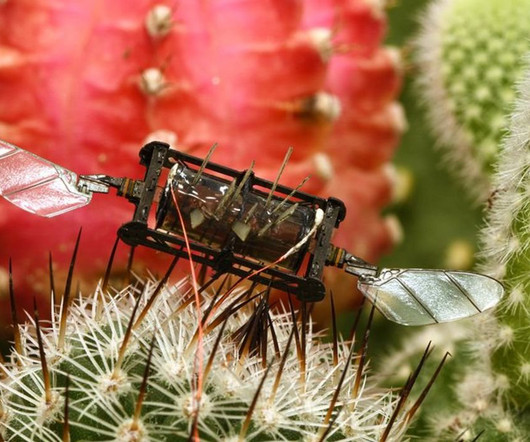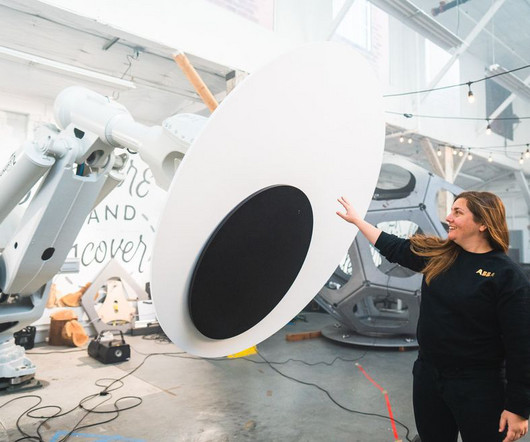Toyota Research Institute invests $22M in research on AI, robotics and autonomous driving at University of Michigan
Green Car Congress
AUGUST 10, 2016
Toyota Research Institute (TRI) ( earlier post ) is making a $22-million investment in research focused on artificial intelligence, robotics and autonomous driving at the University of Michigan (U-M). We will also focus on expanding the benefit of mobility technology to in-home support of older persons and those with special needs.














Let's personalize your content